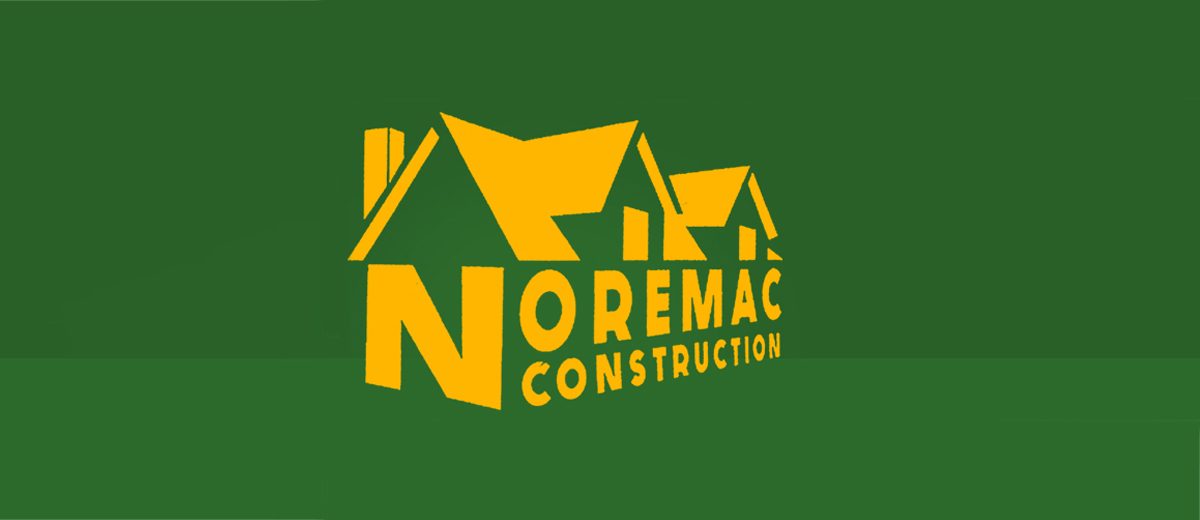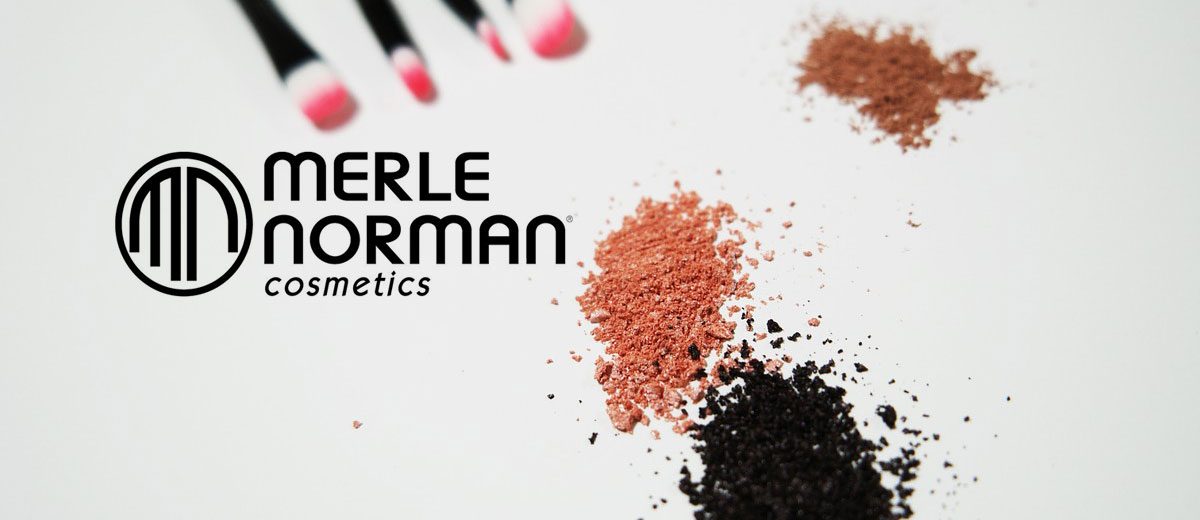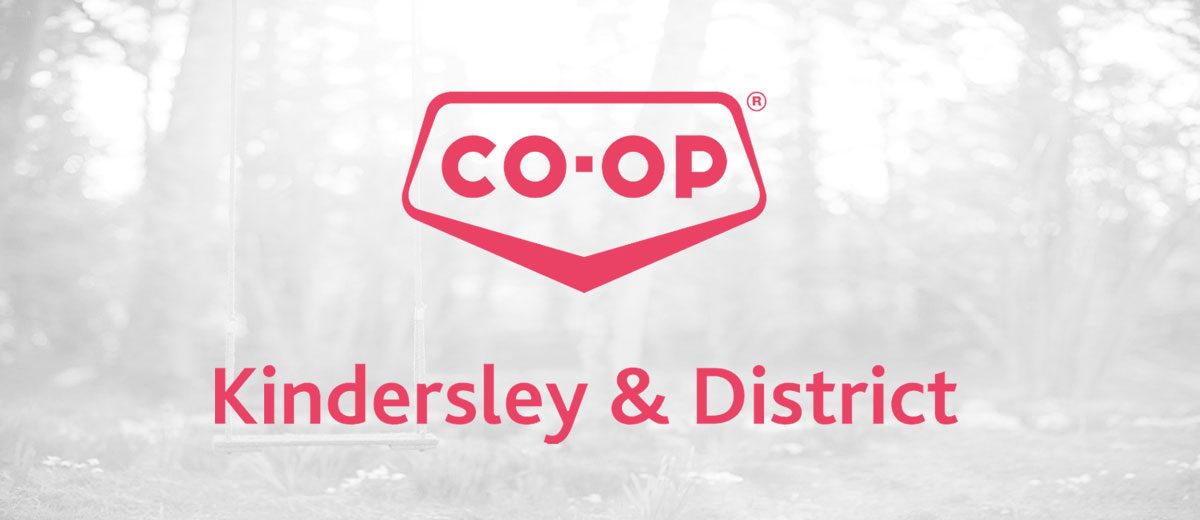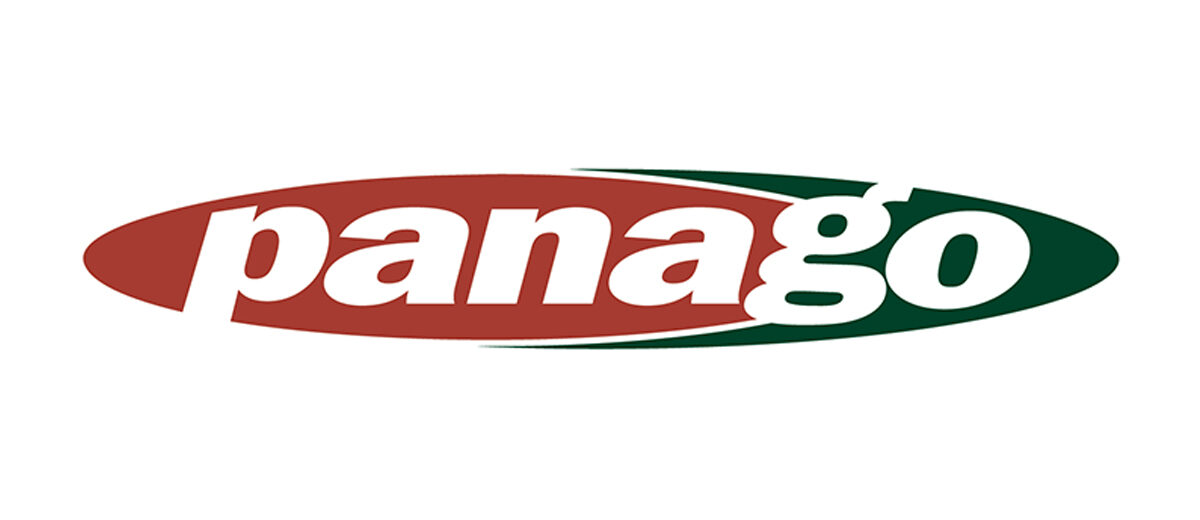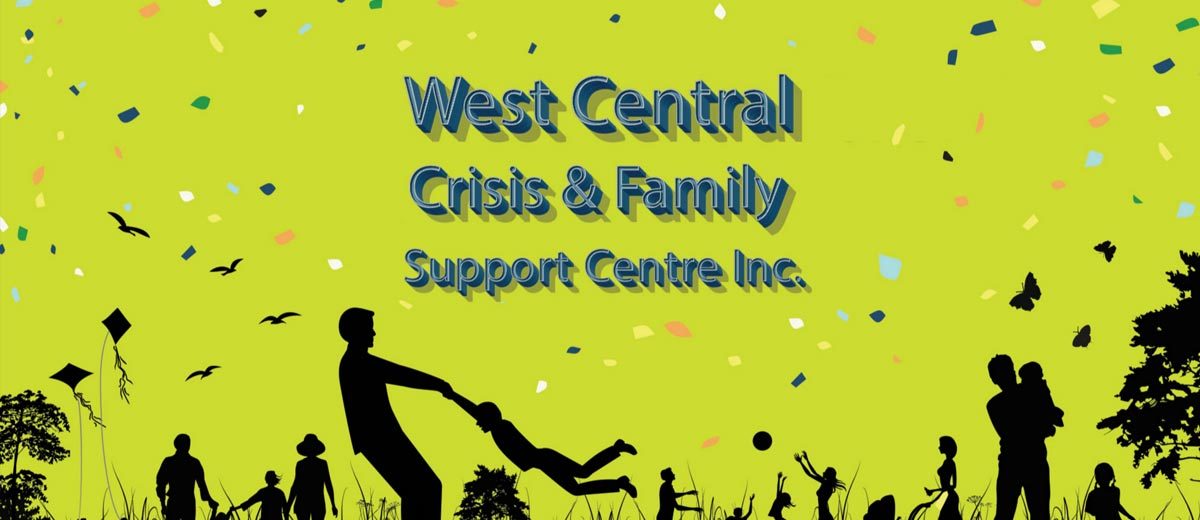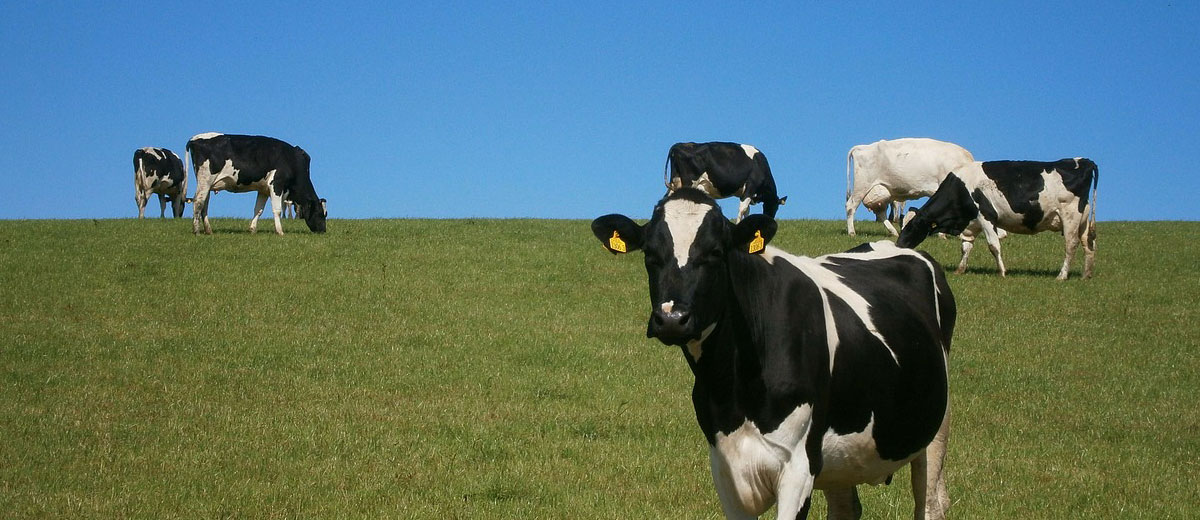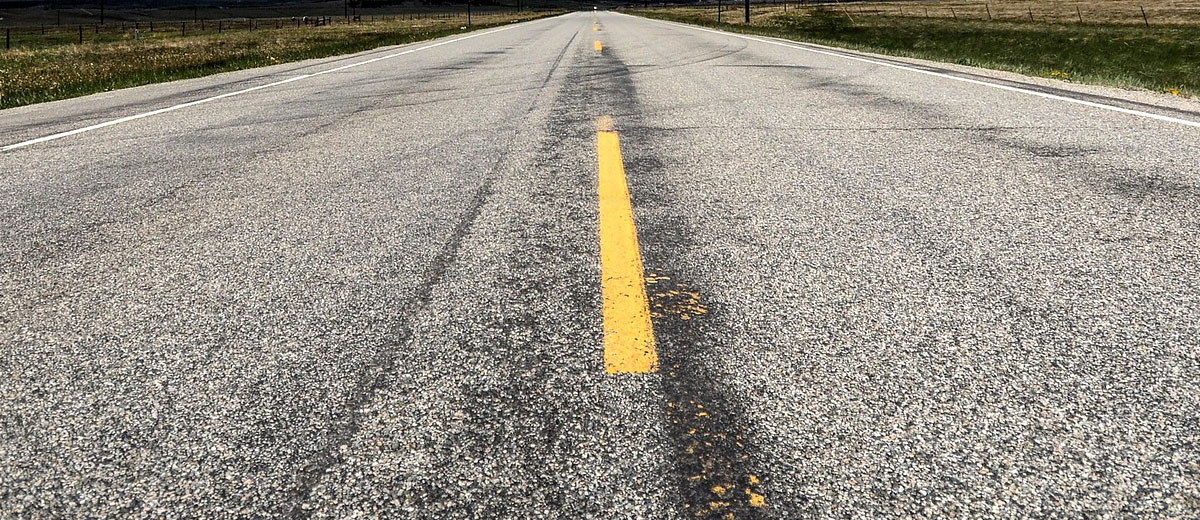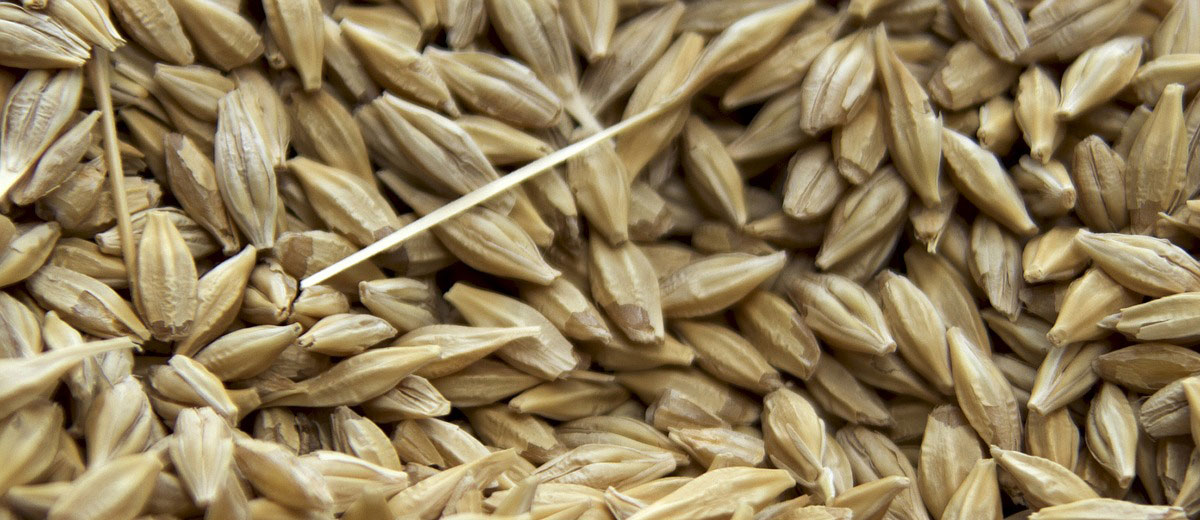
Is Your Seed Ready for Spring?
Spring seeding may seem far away but there is a lot of planning already happening behind the scenes for the 2021 growing season. A great place to start is with your seed. There are multiple labs in Saskatchewan that can do a seed test for you. They generally test for germination, vigor, seed borne diseases and will provide you with a thousand kernel weight. Once you get the lab results back there are a few simple numbers to look at that will tell you whether you have a useable seed lot or if you are required to find a new seed source.
If you are looking at cereals, specifically wheat, barley and durum, one of the most important disease pathogens to look at is Fusarium graminearum. It is not recommended to bring seed infected with F. graminearum into areas that do not already have the pathogen present. If the pathogen is already established in an area, you can use a seed lot as long as the infection level is less than five per cent. It is recommended to use a seed treatment if levels are greater than two to three per cent. There are other fusarium pathogens that can affect germinating seeds but as long as the seed lot has less than five per cent total fusarium infection, it is okay to plant as long as it is treated.
Other diseases that can cause seed-borne damage to cereal crops are seed rots, seedling blights and common root rot. Luckily seed treatments are effective against these pathogens. Another pathogen that can be controlled by a systemic seed treatment is loose smut. Loose smut pathogens are carried inside the embryo of the seed and are not soil or residue borne.
Pulse crops can also have a variety of seed borne disease issues. Ascochyta is common in lentils and up to five per cent infection is tolerable in the brown and dark brown soil zones. It is recommended to use seed with zero per cent aschocyta infection in the black soil zone. If levels are nearing five per cent, it is recommended to use a seed treatment. However, if levels exceed 10 per cent infection, a producer should start to look for a new seed source. Peas have a slightly higher tolerance for ascochyta and can handle up to 10 per cent infection without significantly affecting plant establishment. Chickpeas have a much different tolerance level for ascochyta. It is recommended to use seed with less than 0.3 per cent infection and a seed treatment will always be suggested even if levels are near zero.
Anthracnose is another disease of concern in lentils even though it is not very seed borne and rarely reaches levels over one per cent. Seed rots and seedling blights can affect lentils, chickpeas and peas and can be caused by a number of pathogens. Sclerotinia and rhizoctonia are primarily soil borne. Fusarium is predominantly soil borne but can also be seed borne. Botrytis is primarily seed borne. Both fusarium and botrytis can be tested for at the seed lab. Up to 10 per cent combined infection levels are tolerable for seeding but should have a seed treatment applied. This applies to lentils, chickpea and peas.
A seed test is an important step before putting an underperforming seed lot in the ground. The earlier you test, the easier it will be to find new seed if an issue arises. For more information, contact your local regional crops extension specialist or call the Agriculture Knowledge Centre at 1-866-457-2377.
By Samantha Marcino PAg, CCA, Crops Extension Specialist Yorkton
For the latest information and for more updates on everything Kindersley ‘Like’ the Kindersley Social Facebook page below…









